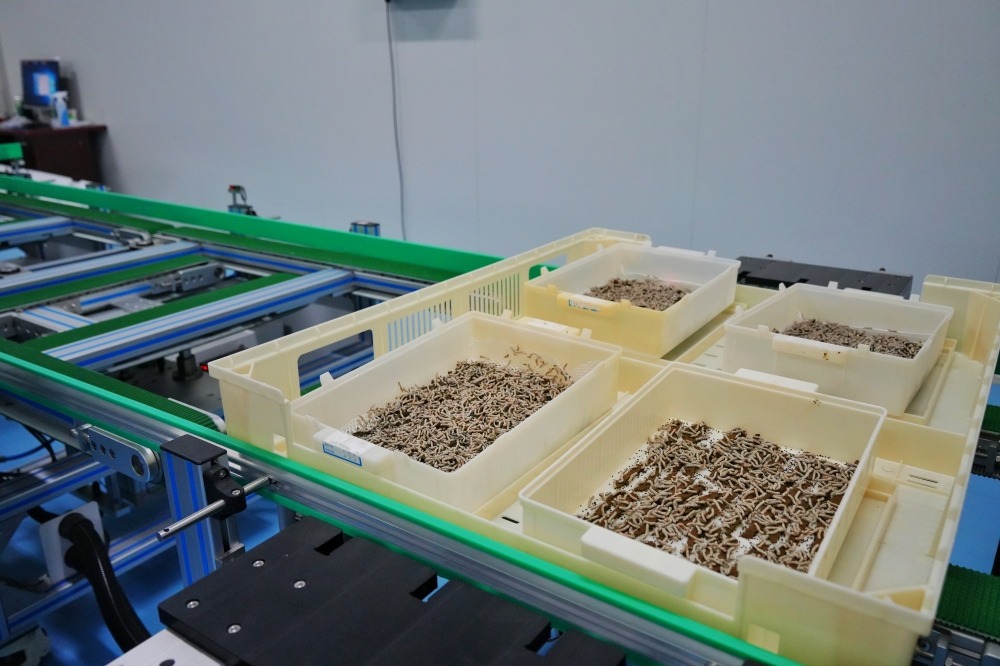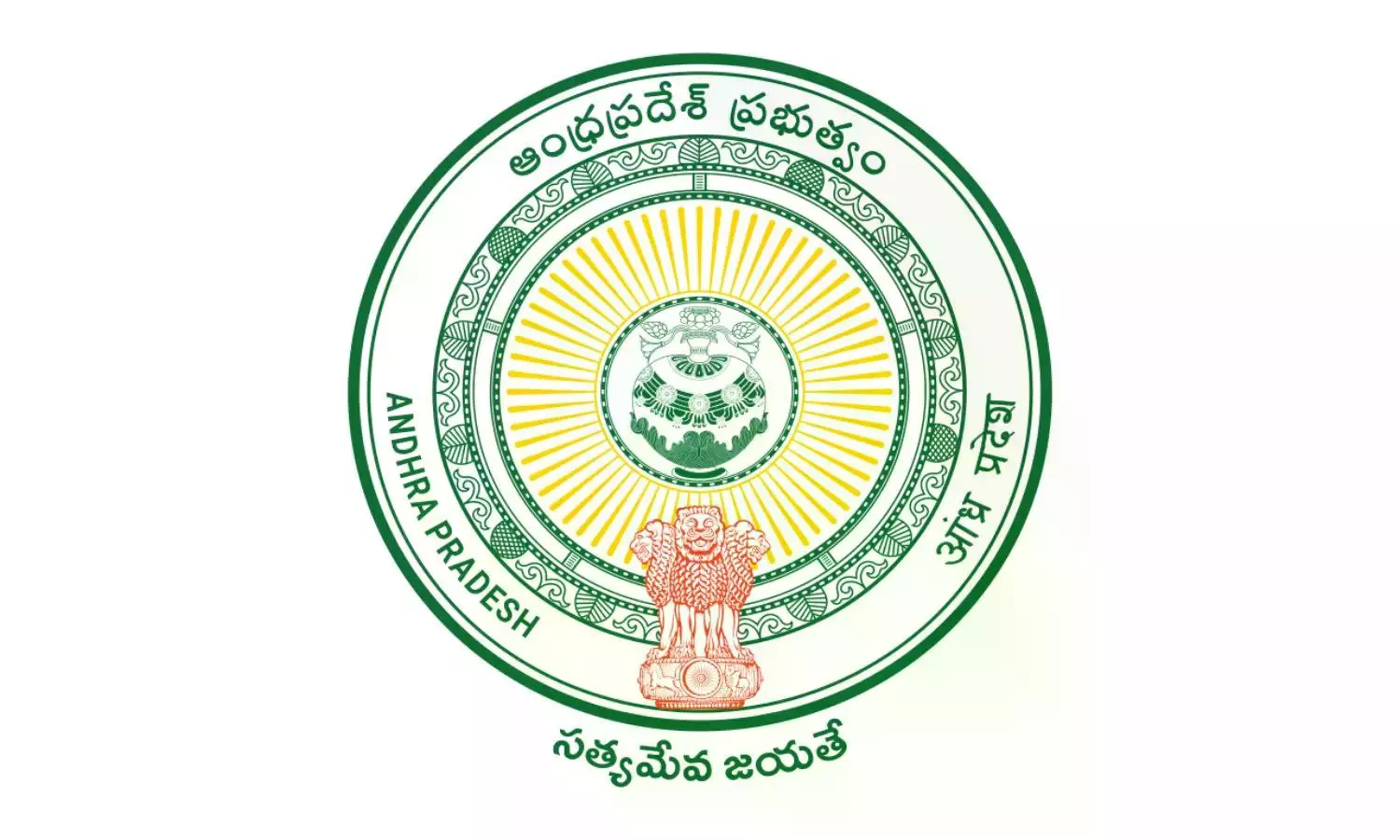Revolutionizing Silk Production: How Unmanned Technology is Creating Pristine, High-Quality Silk in India

The Future of Silk is Here: Unmanned Sericulture Takes Root in India
India, a nation renowned for its rich textile heritage and particularly its exquisite silk production, is on the cusp of a significant transformation. A groundbreaking innovation – unmanned sericulture – is poised to redefine the industry, promising higher quality silk, increased efficiency, and a new era of sustainable practices. This technology, spearheaded by researchers at Southwest University, is gaining traction and sparking considerable interest amongst Indian silk farmers and textile manufacturers.
Traditionally, sericulture, the process of cultivating silkworms and producing silk, has been a labor-intensive and often unpredictable endeavor. Factors like environmental contamination, disease outbreaks, and inconsistent temperature control can drastically impact silk quality and yield. However, unmanned sericulture offers a compelling solution to these challenges.
What is Unmanned Sericulture?
At its core, unmanned sericulture involves automating key aspects of silkworm rearing within a completely controlled and sterile environment. This includes automated feeding, humidity and temperature regulation, waste management, and even monitoring of silkworm health. The system utilizes sensors, robotics, and advanced data analytics to optimize conditions for silkworm growth, ensuring a consistent and high-quality silk harvest.
The Benefits are Undeniable
According to Shen Guanwang, assistant professor at the Advanced Interdisciplinary Studies Academy of Southwest University, “By employing unmanned sericulture technologies, we are able to raise silkworms in a completely sterile environment, resulting in exceptionally clean silk.” This statement underscores the key advantages of this innovative approach:
- Superior Silk Quality: The sterile environment eliminates contamination, resulting in silk that is purer, stronger, and more lustrous.
- Increased Efficiency: Automation reduces labor costs and streamlines the production process, leading to higher yields and greater profitability.
- Enhanced Disease Control: The controlled environment minimizes the risk of disease outbreaks, safeguarding the silkworm population and ensuring a consistent supply of silk.
- Sustainable Practices: Optimized resource utilization and reduced waste contribute to a more environmentally friendly production process.
Impact on the Indian Silk Industry
India is one of the world’s leading silk producers, and the adoption of unmanned sericulture could have a transformative impact on the industry. It has the potential to elevate the quality of Indian silk on the global market, making it even more competitive. This technology can also empower smaller farmers by reducing their reliance on manual labor and providing them with access to advanced farming techniques.
Looking Ahead
While still in its early stages of adoption, unmanned sericulture holds immense promise for the future of silk production in India. As the technology becomes more accessible and affordable, it is expected to play an increasingly important role in shaping the industry, ensuring a sustainable and prosperous future for Indian silk farmers and textile businesses. Further research and development, coupled with government support and farmer training programs, will be crucial to unlocking the full potential of this revolutionary technology. The shift towards automated and controlled environments signals a significant step towards a more technologically advanced and globally competitive Indian silk industry.






